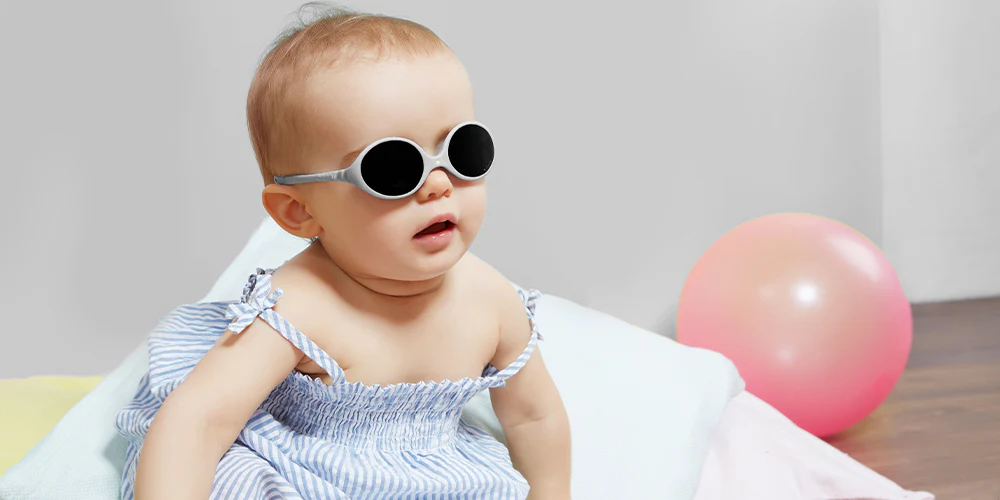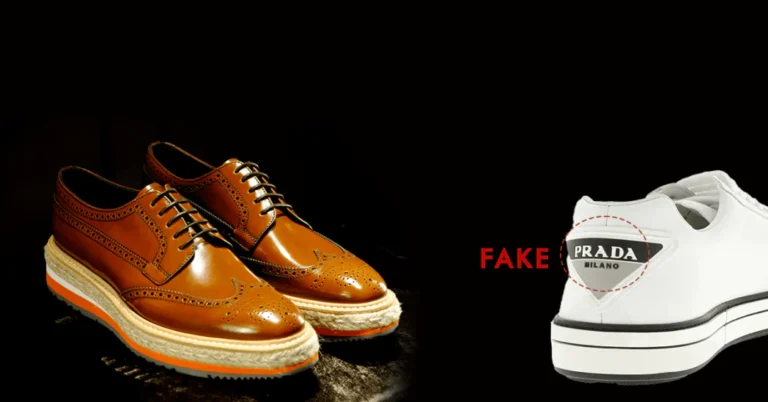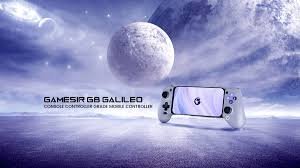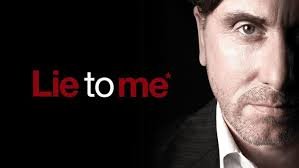
Baby Sunglasses
Why Baby Sunglasses Are More Than Just Cute Accessories
When it comes to protecting your child from harmful environmental elements, most parents prioritize sunscreen, hats, and protective clothing. But one area often overlooked is eye protection. Baby sunglasses aren’t just fashionable—they play a vital role in blocking UV rays that can cause serious eye damage. Babies’ corneas and lenses are significantly clearer than adults’, allowing more UV radiation to reach the retina, potentially leading to future vision problems like macular degeneration, cataracts, or even permanent vision loss.
According to the American Academy of Ophthalmology, exposure to ultraviolet (UV) light at a young age contributes significantly to cumulative eye damage over a lifetime. Because babies often spend time outdoors—on walks, at the park, or even in a stroller—UV protection for their eyes is just as important as it is for their skin.
What Makes Baby Sunglasses Unique
Unlike adult sunglasses, baby sunglasses are engineered specifically with infants’ anatomy, sensitivity, and behavior in mind. Key features include:
- Soft, flexible frames that bend without breaking
- Shatter-resistant lenses made from polycarbonate or Trivex materials
- 100% UVA and UVB protection, blocking both short-wave and long-wave ultraviolet rays
- Adjustable headbands or wrap-around straps to keep the glasses securely on their face
- Non-toxic, BPA-free materials safe for chewing and mouthing
- Ultra-lightweight design to avoid pressure on developing facial bones
These characteristics make them not only comfortable and safe but also practical for everyday use. Brands like Babiators, Julbo, and Ro·Sham·Bo have pioneered innovation in baby eyewear, providing various options that combine function with fun styles.
Why UV Protection Is Crucial for Infants
Did you know that up to 80% of a person’s lifetime UV exposure occurs before the age of 18? Infants are particularly susceptible because their eyes haven’t developed the protective pigmentation that older children and adults have. Even on cloudy or overcast days, UV rays can penetrate clouds and reflect off surfaces like sand, water, or pavement, increasing exposure levels.
Prolonged unprotected exposure may lead to conditions like:
- Photokeratitis – temporary but painful sunburn of the cornea
- Pterygium – a growth that can cover the eye and affect vision
- Cataracts – clouding of the lens, usually age-related but worsened by UV
- Retinal damage – UV can contribute to cell degeneration in the retina
Just like you wouldn’t take your baby outside without sunscreen, it’s equally important to use UV-blocking sunglasses to protect their eyes.
When Should Babies Start Wearing Sunglasses?
Experts suggest that babies as young as 6 months should begin wearing sunglasses if they’re spending time outdoors. Prior to that, babies should be kept in the shade and wear wide-brimmed hats. Once your child becomes more mobile—crawling, walking, and spending time under direct sunlight—sunglasses become essential.
If your baby resists wearing them at first, try:
- Putting them on during playtime indoors to build familiarity
- Choosing styles with soft straps or wrap-around designs
- Leading by example: wear your own sunglasses to encourage imitation
- Giving positive reinforcement or turning it into a game
Remember: the sooner you start, the easier it becomes to make sunglasses a daily habit.
How to Choose the Best Sunglasses for Your Baby
Here are some essential criteria to look for when buying baby sunglasses:
1. UV Protection
Always verify the label. Look for sunglasses that provide 100% UVA and UVB protection. Avoid labels that say only “UV absorbing” or “blocks UV rays”—these may not meet international standards. Opt for labels that mention compliance with ANSI Z80.3, CE, or FDA standards.
2. Lens Material
Prefer polycarbonate lenses, which are both lightweight and impact-resistant. These materials offer durability and clarity without adding bulk, perfect for infants’ active and unpredictable movements.
3. Frame Design and Comfort
Choose frames that are flexible, non-toxic, and hypoallergenic. Brands like Julbo Looping and Ro·Sham·Bo use medical-grade silicone and thermoplastic elastomers.
4. Fit and Security
Make sure the sunglasses fit snugly but not too tightly. Look for features like adjustable straps, rubber grips, or wraparound arms that help them stay in place.
5. Style and Color
While protection is the priority, fun styles help make the habit stick. Choose from a wide array of colors, lens tints, and fun shapes that your baby might find interesting. Some even come in matching sets for parents and children.
Best Baby Sunglasses Brands in 2025
Here are some top-rated brands based on customer reviews and pediatric recommendations:
- Babiators: Known for durable design and their “Lost & Found Guarantee”
- Julbo: High-quality performance optics with wraparound frames
- Ro·Sham·Bo Baby: Flexible frames and Italian-made polarized lenses
- MiniShades: Great budget-friendly options with classic styles
- Real Kids Shades: Certified safe and recommended by eye doctors
Tips for Getting Your Baby to Wear Sunglasses
Some babies resist anything on their faces, especially sunglasses. But with some patience and creativity, you can ease them into it:
- Start early – Introduce sunglasses during infancy to make it feel normal
- Use distraction – Put them on just before going outdoors or during stroller walks
- Praise and reward – Use claps, kisses, or verbal encouragement
- Try different models – Sometimes a different fit or strap design makes all the difference
- Consistency is key – Just like with hats or car seats, repetition helps normalize use
Conclusion: A Simple Step for Lifelong Eye Health
Introducing baby sunglasses into your child’s daily routine is a small change with a lifetime of benefits. From reducing the risk of early-onset eye disease to encouraging sun safety habits, these little accessories make a big impact. Whether you choose a fun, colorful design or a more practical, performance-based pair, the key is choosing quality sunglasses that offer full UV protection.
In today’s world, where outdoor play is encouraged and family adventures are frequent, making sure your baby’s eyes are protected from harmful UV rays is non-negotiable. Choose wisely, start early, and help your child enjoy the sunshine safely—with style.






